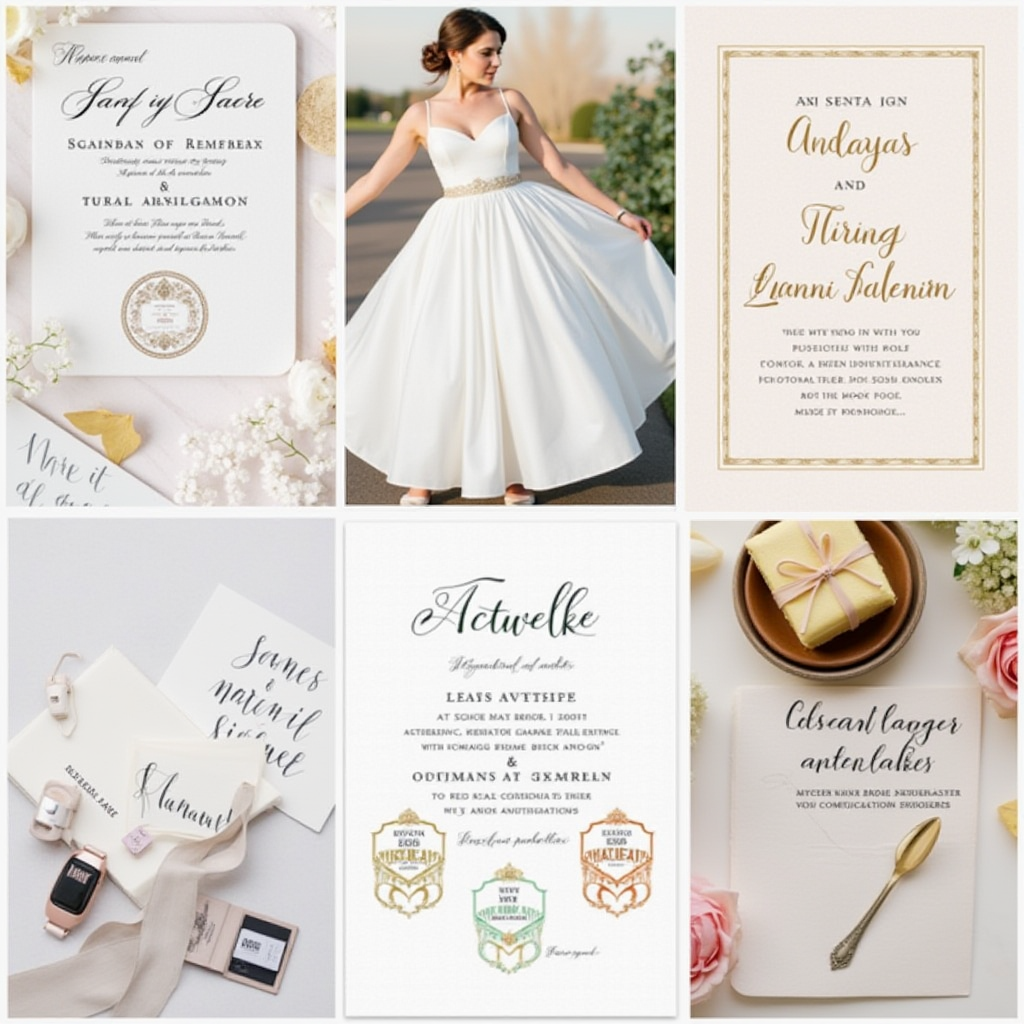Wedding Invitation Etiquette: A Comprehensive Guide for Both Couples and Guests

If you have a wedding on the horizon, navigating the intricate maze of communication can be both exciting and daunting. The key to a seamless experience lies in mastering the etiquette surrounding wedding invitations—a responsibility that rests equally with both the couple and their guests.
1. Send Save-the-Dates Out Far in Advance
To kickstart your invitation journey, send out save-the-dates as early as possible. This simple yet essential step ensures your guests can plan ahead, particularly for destination weddings or those set during peak travel seasons.
- Timing: Generally six to eight months before the wedding date is advisable. For more complex arrangements, consider eight to twelve months in advance.
- Content: Keep it minimal—just include the date and location. This helps set the stage for your upcoming celebration.
2. Have Invitations Arrive at Least Six Weeks Ahead
The formal wedding invitation should follow the save-the-date, containing all necessary details about the event and any pre-wedding activities, such as rehearsals or welcome gatherings.
- Timing: Aim to send these six to eight weeks in advance. For destination weddings, three months is a more suitable timeframe.
- RSVPs: Encourage prompt RSVPs to streamline planning and avoid last-minute hiccups.
3. Embrace the Digital Era
In our digital world, choosing between paper or electronic wedding invitations is a personal decision, influenced by your style, budget, and guests’ preferences.
- Paper Invitations: They offer a tangible connection to the day’s ambiance. Consider sending them with an option for guests to RSVP online for convenience.
- Digital Invitations: A chic, modern approach that allows easy tracking and communication through a centralized platform like a wedding website.
4. Address Your Invites Thoughtfully
The way you address your invites can set the tone for your entire wedding experience. Whether formal or casual, ensure it reflects your desired vibe.
- Options: Choose from formal titles to full names based on personal preference and event style.
5. Inform Guests of the Dress Code
Clear communication about dress code is essential to avoid any confusion or discomfort among guests.
- Dress Code Information: Place this on your invitation, using phrases like ‘Black Tie Preferred’ and provide further details on your wedding website if necessary.
6. Direct Guests to Your Wedding Website for the Registry
Maintain elegance by omitting registry information from your invitations and instead guiding guests to your website for more details.
7. Specify Guest Etiquette: Plus Ones and Children
Managing guest expectations regarding plus-ones and children is crucial to avoid misunderstandings at the event.
- Plus-One: Clearly state if guests can bring a plus-one, including their name on the invitation or addressing it as ‘Guest’ for flexibility.
- Children: If children are not included in the guest list, address invitations solely to parents. Provide clear explanations via your website or personal communication.
8. The Concept of a “B List”
The idea of having a secondary list for additional guests is increasingly less favored due to its potential to make some feel undervalued.
- Considerations: Only opt for this if necessary, ensuring enough time remains to send out invites and receive responses without making anyone feel like an afterthought.